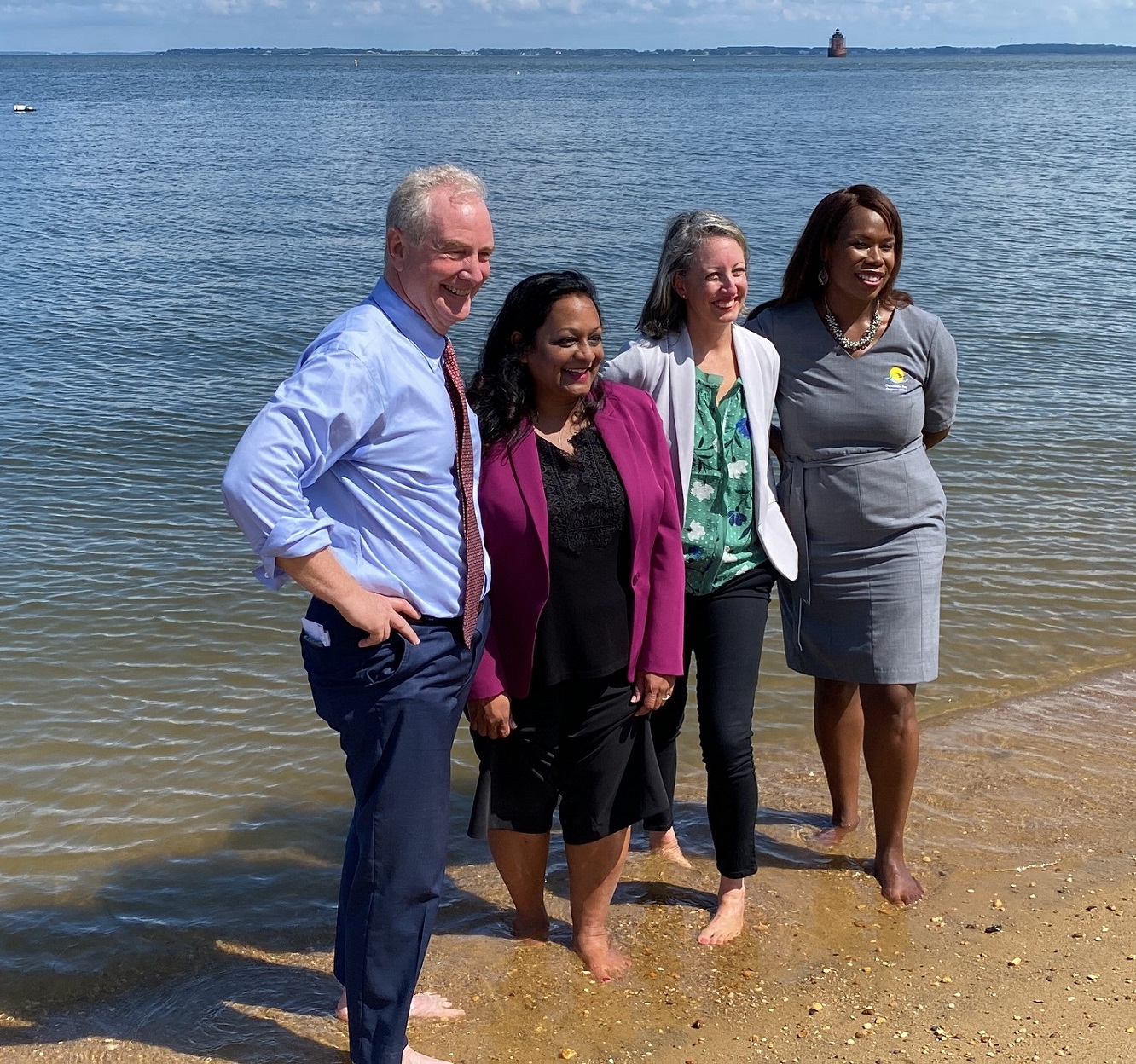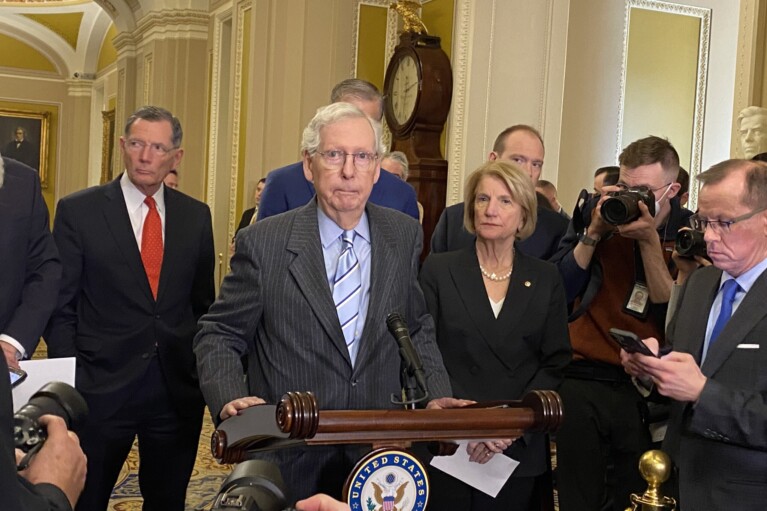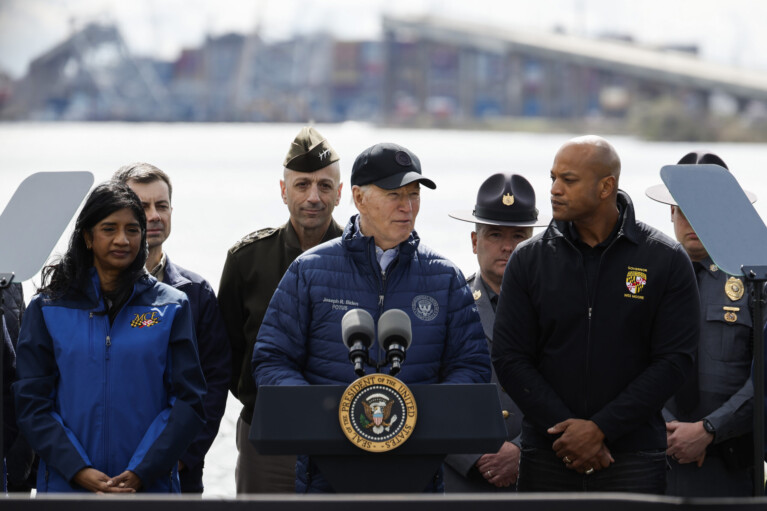Federal officials visit Sandy Point State Park to celebrate 50 years of Clean Water Act

The Clean Water Act of 1972 pushed for nationwide change to pollutants discharged into America’s waters, cleaning up various watersheds and tightening other environmental regulations.
On Monday, federal, state and local officials and representatives with the Environmental Protection Agency visited Sandy Point State Park in Anne Arundel County to highlight the law’s positive effect on the Chesapeake Bay, and to cheer the estuary as one of the nation’s best natural resources for fishing and recreational activities.
“What we’ve learned is that we can’t do this alone. We need people who are going to be passionate about the bay. The bay is a national treasure,” said Kandis Boyd, who started her job as EPA director of the Chesapeake Bay program in June.
Boyd joined several others who spoke during a press conference as part of an EPA tour to showcase watershed areas in the agency’s 10 regions. Sandy Point sits in the agency’s Region 3, which includes the District of Columbia and five other states – Delaware, New York, Pennsylvania, Virginia and West Virginia.
Officials touted the Biden administration’s bipartisan infrastructure bill that includes $50 million for EPA’s water programs.
Radhika Fox, assistant administrator for the EPA’s water office, began the job about a year ago after moving from California.
“We have made tremendous progress,” she said. “We have innovation. We have national water quality standards. All of those protect our fish. It protects our water, our wildlife and it protects our ability as communities to enjoy the waters.”
Monday marked her first visit to Sandy Point where Adam Ortiz, EPA mid-Atlantic regional administrator, recommended agency representatives visit.
“It’s such a beautiful, beautiful place,” Fox said. “But if you think about not too long ago, the ability to enjoy our nation’s waters was really unimaginable. Many of our waters were unprotected from pollution, rivers ran in colors [and] rivers were on fire. Bays like this couldn’t support the things that we enjoy now all the time like crabbing and fishing.”
Although Monday marked an environmental celebration at Sandy Point, which Fox said represents a model “for the nation” in terms of local, state and federal collaboration, there’s still more work to be done.
A 2025 deadline looms for states to meet federal goals to clean up the Chesapeake Bay.
Sen. Chris Van Hollen (D-Md.) said there remain political challenges to protecting the bay.
Van Hollen said he and his other Maryland delegation colleagues faced the former Trump administration that wanted “zero out funding for the entire EPA program.”
Ultimately, bipartisan support in Congress ensured annual funding levels were not only maintained for the annual Chesapeake Bay program, but increased to the current amount of $88 million.
“The story of the Clean Water Act is one of great success in terms of the progress we made,” he said. “But it’s also a reminder of the work still ahead and the constant challenges we face from a political perspective, but also from all the pollutants that continue to threaten the bay.”
Boyd acknowledged bureaucracy can delay progress on certain programs, but she said the Clean Water Act ensures protection of the environment and surrounding communities.
Boyd, the first African American and first woman to lead the 39-year-old program, took off her shoes and walked into the “warm water” at the park.
Fox, Van Hollen and Hilary Falk, the president and CEO of the Chesapeake Bay Foundation, joined Boyd in the water.
“Many times you think about there are all these rules and regulations and policies,” Boyd said. “But this is a living, breathing example of why we need policies like the Clean Water Act. [The act is] directly responsible for the creation of the Chesapeake Bay Program.”




 Creative Commons Attribution
Creative Commons Attribution